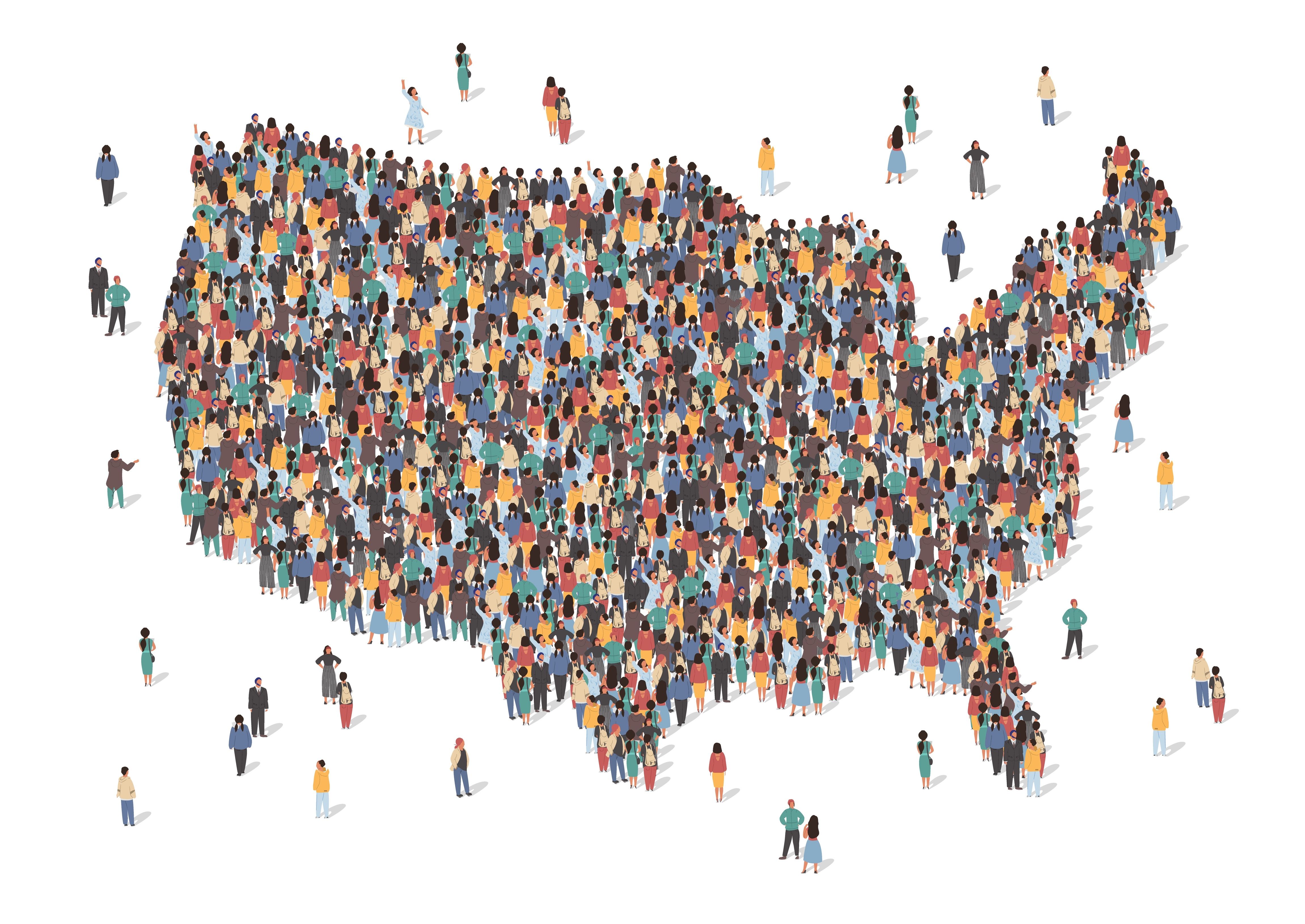Food Safety in Peril: How CDC Budget Cuts Are Leaving America's Plates Vulnerable

Public health officials are sounding the alarm over potential risks to food safety, warning that proposed cuts to the comprehensive FoodNet surveillance network could significantly undermine efforts to detect and prevent dangerous food-borne illnesses. The expansive monitoring system, which has been crucial in tracking and responding to outbreaks, may soon face critical reductions that could leave communities more vulnerable to widespread health threats.
Experts argue that scaling back the FoodNet program would create dangerous gaps in our ability to quickly identify and contain potential food contamination risks. The surveillance system has been a critical early warning mechanism, helping public health professionals trace the origins of illness outbreaks and implement rapid response strategies that protect consumer health.
By potentially limiting the system's reach and effectiveness, these proposed downsizing efforts could compromise the nation's ability to proactively monitor and prevent food-related health emergencies. The consequences could be far-reaching, potentially exposing more people to preventable food-borne diseases and creating significant public health challenges.








